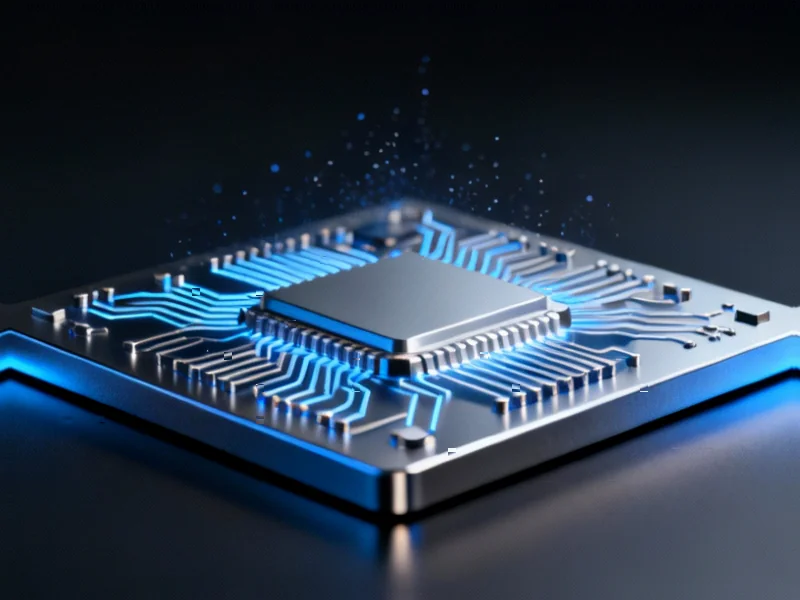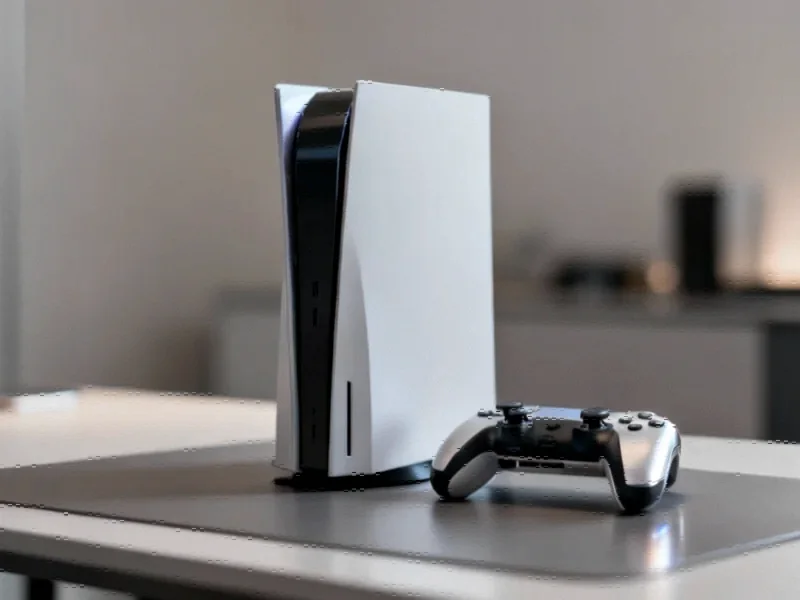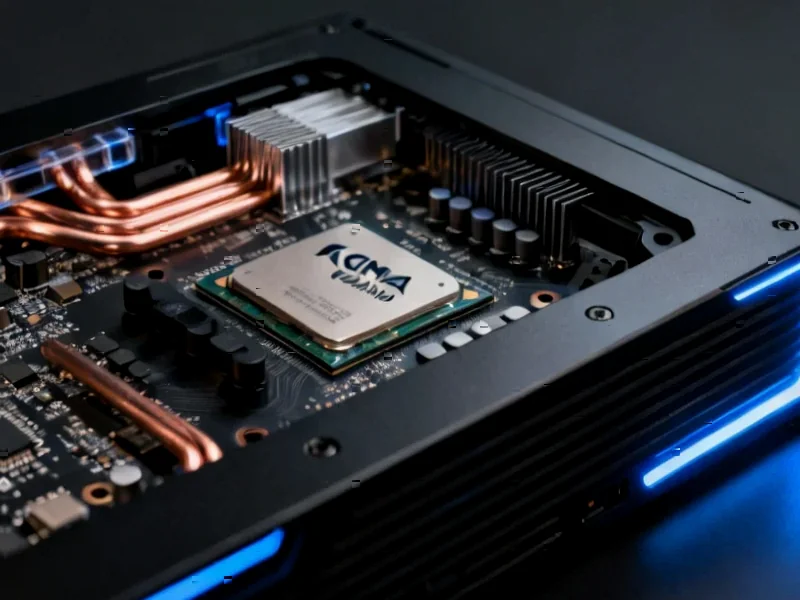Advanced UV Photodetector Demonstrates Enhanced Performance
Researchers have developed a novel ultraviolet photodetector using a p-Si/n-ZnO bilayer structure that reportedly achieves significant improvements in both responsivity and response time, according to recent scientific reports. The device, fabricated through magnetron sputtering deposition, demonstrates enhanced photoresponse characteristics that could advance various optoelectronic applications requiring precise UV detection.
Table of Contents
Structural and Material Properties
Analysis of the sputtered ZnO film on p-Si substrate revealed characteristic peaks corresponding to both materials, confirming the wurtzite structure of ZnO film, sources indicate. The optical properties examination demonstrated strong UV absorption below 360 nm, which analysts suggest confirms excellent UV detection capabilities. The optical bandgap was determined to be approximately 3.258 eV, slightly lower than standard ZnO bandgap, potentially indicating the formation of substantial defects, particularly oxygen vacancies, during film growth.
According to the report, these defect states may facilitate electronic transitions from the valence band to defect levels, thereby reducing the effective optical bandgap. The structural configuration establishes dual back-to-back p-n junctions at the p-Si/ZnO interface, creating what researchers describe as two p-n junction diodes in series with longitudinal ZnO layers.
Superior Performance Metrics
The bilayer photodetector achieved remarkable performance characteristics, reportedly reaching responsivity of 9 A/W at 2 V bias, compared to approximately 8 A/W for conventional Ni/ZnO/Ni single-layer devices. Response time analysis revealed significant improvements, with the bilayer structure demonstrating time constants of τ1 ≈ 0.002 s for fast rise and τ2 ≈ 0.52 s for slow rise processes.
Through stability tests, sources indicate the margin of error remained around 5%, suggesting consistent performance. The report states that comparative analysis confirmed superior response in the p-Si/n-ZnO bilayer photodetector relative to traditional photoconductive Ni/ZnO/Ni detectors, with the enhanced performance potentially originating from optimized carrier transport mechanisms.
Carrier Transport Mechanisms
The unique vertical carrier transport in the p-Si/n-ZnO junction bilayer structure significantly reduces carrier transit distances, analysts suggest. The built-in electric field at the p-n interface reportedly promotes efficient separation and collection of photo-generated carriers, thereby minimizing response times.
Under UV illumination and reverse-biased conditions, electron-hole pairs generated in the n-ZnO bandgap are separated by the built-in electric field at the p+-Si/n-ZnO junction. The report states that photogenerated carriers are collected by reverse-biased electrodes, leading to net photocurrent in the external circuit. The enhanced performance appears to originate from depletion regions and strong built-in electric fields at the dual p+-Si/n-ZnO heterojunctions, which efficiently separate photogenerated carriers and reduce recombination.
Operational Advantages
The longitudinal carrier conductive behavior establishes a built-in potential across the depletion zone from n-ZnO to p-Si, according to the analysis. Potential distribution examination mainly demonstrated significant voltage drop across the ZnO layer due to its relatively low carrier concentration compared to the highly doped p-Si layer. Notably, the entire 100 nm ZnO layer may reside within the depletion zone of the p-Si/n-ZnO junction.
Under dark conditions, oxygen adsorption on the film surface captures free electrons, leading to depletion region formation near surfaces and grain boundaries. The resulting negatively charged oxygen ions form chemically adsorbed surface states that act as immobile carriers, unable to participate in conduction, and introduce a potential barrier that reduces carrier mobility, ultimately resulting in low dark current in detectors.
Technological Implications
This development presents what researchers describe as a facile and effective strategy for advancing UV photodetector performance, highlighting the potential of heterojunction engineering in optoelectronic devices. The work demonstrates how structural optimization and material interface engineering can significantly enhance device performance without requiring complex fabrication processes.
The improved temporal response characteristics and enhanced responsivity position this bilayer design as a promising candidate for various applications requiring precise UV detection, including environmental monitoring, optical communications, and security systems. According to analysts, the approach could inspire further innovations in photodetector design and heterojunction engineering across the optoelectronics field.
Related Articles You May Find Interesting
- Muon Space Partners with SpaceX to Integrate Starlink Laser Links for Environmen
- Fuel Cells Emerge as Key Solution for AI Data Center Power Demands
- Qualcomm’s Snapdragon 6s Gen 4 Chipset Delivers Major CPU Upgrade for Budget Gam
- Sony Xperia 10 VI Begins Receiving Stable Android 16 Update in Europe
- Michael Dell Celebrates JPMorgan’s New Headquarters Featuring Extensive Dell Tec
References
- http://en.wikipedia.org/wiki/Dark_current_(physics)
- http://en.wikipedia.org/wiki/Photocurrent
- http://en.wikipedia.org/wiki/Responsivity
- http://en.wikipedia.org/wiki/P–n_junction
- http://en.wikipedia.org/wiki/Biasing
This article aggregates information from publicly available sources. All trademarks and copyrights belong to their respective owners.
Note: Featured image is for illustrative purposes only and does not represent any specific product, service, or entity mentioned in this article.



